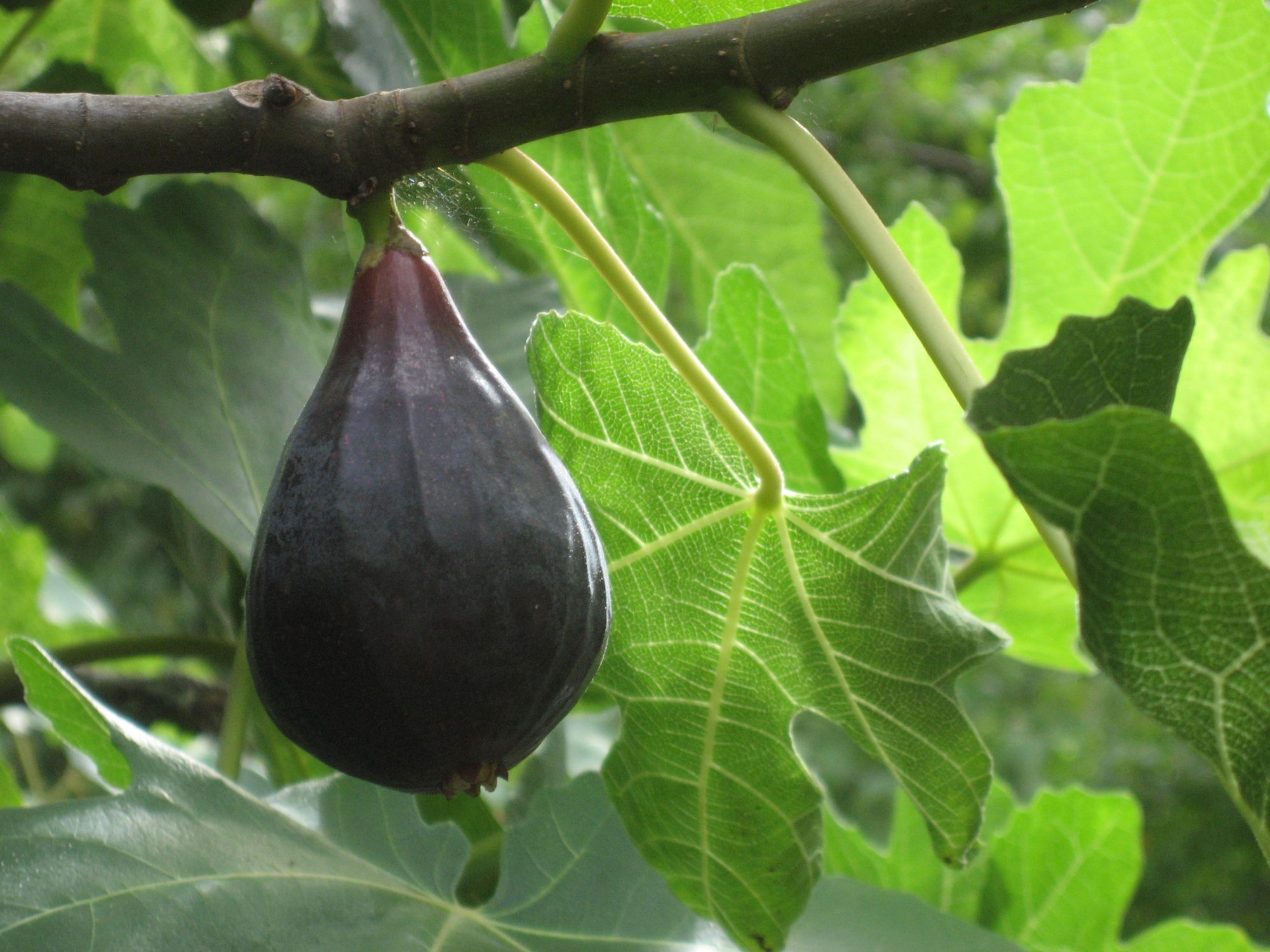Advice for the horticulturally harassed
The two most dangerous words to matrimony: “Charge it.”
The three most dangerous words to matrimony: “Let’s have another.”
The four most dangerous words to matrimony: “Where have you been?”
—L.M. Boyd
“It’s just a job. Grass grows, birds fly, waves pound the sand. I beat people up.”
—Mohammed Ali, on boxing
From Dr. Chlorophyll’s Mailbag:
“Is there a difference between soil and dirt?”
There is etymologically, if not in practice. In Old French, the word for earth (as in go back to the, not the planet) is seul, hence soil in modern English. Dirt is from the Old Norse drit, which means excrement. Thus, used table napkins from a barbeque are soiled, whereas used nappies from little Norbert are definitely dirty.
“What’s the difference between bedding plants and border plants?”
Location, location, location. Planting beds, like the cheese, stand alone, usually surrounded by lawn or paving. Think of the swaths of color in English parks or the broderie of French chateaux gardens. Plants planted in beds, sometimes all of a kind, sometimes in intricate geometric combinations of color and foliage, all the rage in Victorian times, are by definition bedding plants. Borders are the outside perimeter of garden plots that are backed by walls, tall hedging, or shrubbery, as in Gertrude Jeykll’s famed perennial borders. The same plant can be bedding or border, depending on how and where it is used. “A rose by any other name…” and all that.
“We want to plant a fruit tree orchard and, just for fun, would like to include one of the forbidden fruit in the Garden of Eden. I heard that it wasn’t really an apple. Any ideas?”
Not that Dr. Chlorophyll was there, but the smart money is on the fig tree. Remember your Genesis 3:7 and what happened after Eve met the snake and plucked the forbidden fruit from the Tree of Knowledge of Good and Evil and shared it with Adam? “At that moment their eyes were opened, and they suddenly felt shame at their nakedness. So they sewed fig leaves together to cover themselves.” Now the Bible is not specific as to just what sort of fruit this was, but since figs are mentioned more than any other fruit in the Bible (except grapes, and they don’t grow on trees), since fruiting figs are native to the eastern Mediterranean (including “the bank of the great Euphrates” where the Garden of Eden was located) and since the go-to tree in that garden with leaves suitable for covering nakedness was definitely a fig—draw your own conclusions.
In the East Bay, figs (like most fruit trees) need a warm, sunny spot to produce anything worth eating. Find a hot spot, a sunny wall or a southwest corner for planting. Figs can grow and fruit in big pots (like half wine-barrels) if you don’t have suitable garden space, but will then require more care and produce smaller crops than figs in the ground. ‘Black Jack’ is a particularly good hybrid for growing this way. With any luck you will get two crops a year, the first in early summer and a second larger crop in the fall. A pet store can provide you with the snake.
And though you didn’t ask, you should think about what to do with all that bounty from your orchard. Preserving, sharing with friends or food banks and eating fresh out of hand are all options, of course, but Dr. Chlorophyll has a great recipe for you, from The Christian Science Monitor, appropriately enough:
Figs with Goat Cheese and Prosciutto
6 fresh figs, halved
4 ounces herbed goat cheese, at room temperature
⅓ cup chopped, toasted pecans, walnuts or hazelnuts
8 paper-thin slices prosciutto di Parma (San Daniele is Dr. Chlorophyll’s fave)
Preheat broiler. Divide goat cheese into six equal portions. Stuff fig halves with goat cheese. Press nuts into cheese. Fold prosciutto slices in half lengthwise and wrap around each fig half, securing with a toothpick. Arrange in an ovenproof dish and broil until prosciutto browns slightly and cheese begins to melt. Serve warm. Yum!


